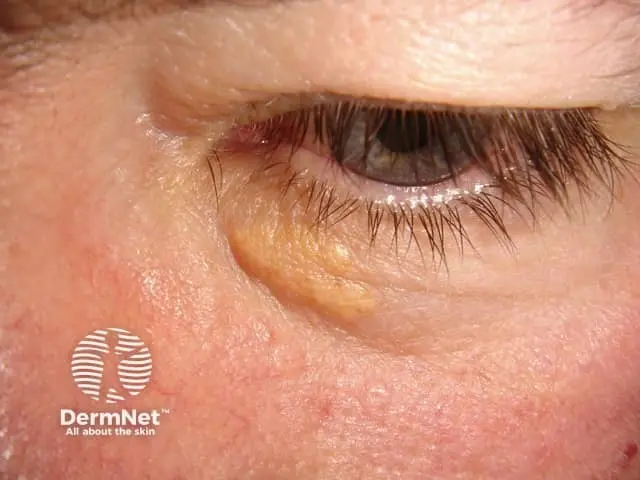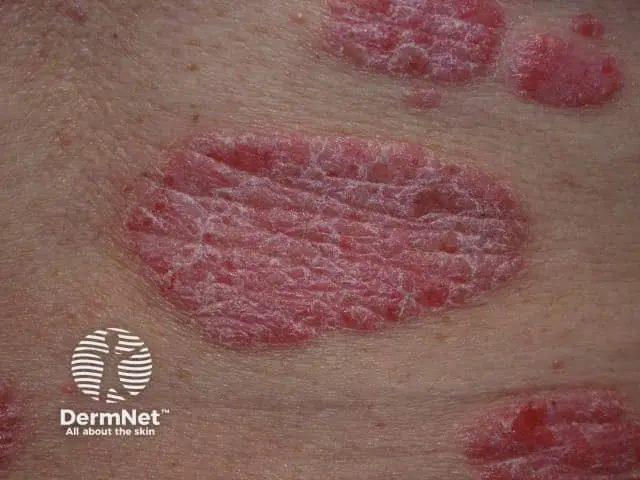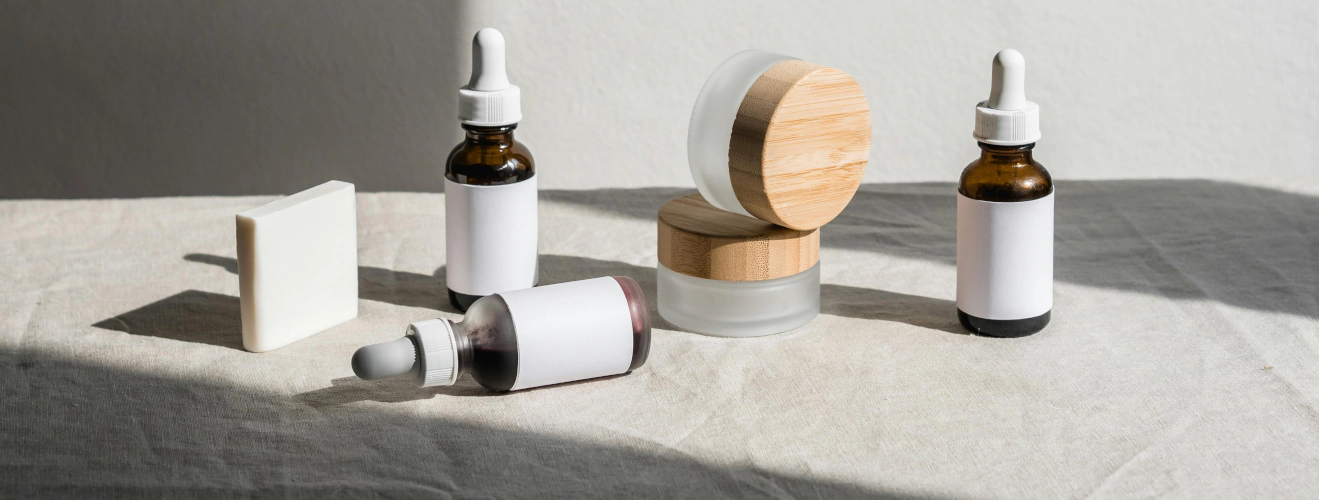We often think of our skin as a reflection of our topical routines – the creams we use, the serums we apply. But what if your skin is trying to tell you a deeper story, one that originates not on the surface, but from within your own bloodstream? It’s a story about cholesterol, and it’s one that a revolutionary home health check is helping more people to understand.
It might start subtly. Perhaps a new, persistent dryness that no moisturiser seems to quench. Or maybe your complexion has lost its usual vibrancy, looking a little dull and tired, regardless of how much sleep you get. These are the kinds of changes we often dismiss as stress or a need to switch up our skincare. But they can also be whispers from your body, hinting at an imbalance that could have significant consequences for your overall health.
It's also usually at this point, that I get clients who seek my advice about why their current skin care products are not producing the desired results.
This is where the conversation about cholesterol often begins – not with a dramatic health scare, but with these quiet, easily overlooked signs. For years, understanding your cholesterol levels meant a trip to the GP, a blood draw, and a waiting game for the results. When the results do eventually come back, very few GPs link high "bad" cholesterol levels with skin issues.
The usual advice of dietary changes and perhaps a prescription for some kind of statins is the usual response and then the follow-up tests maybe never happen, or if they do, the GP will only look at your blood results and not discuss your skin.
However, from a practical point, there are some things that you can do. I'm a strong advocate for taking the dietary advice and enhancing it with some supplements like Omega-3 and Resveratrol. Both known for their ability to lower LDL "bad-cholesterol" levels in the blood.

With a high level of purified Omega-3, these gel cap supplements lowered my bad cholesterol levels so much that my heart Biological Age dropped 10 years. This was measured by Pulse Wave Velocity measurements that measure the resistance of an electrical impulse through the feet up to your heart and back. It checks for how elastic or responsive your arteries are and is a clinically verified way to uncover how calcified your arteries have become with aging. Of course my blood results also showed decreased LDL and total cholesterol levels.
When High Cholesterol Shows Up on Your Skin
So, what exactly is the connection between the waxy substance in our arteries and the health of our largest organ? When you have high levels of “bad” cholesterol, or Low-Density Lipoprotein (LDL), it doesn’t just stay silently within your blood vessels. Over time, this excess cholesterol can start to manifest on your skin in some surprising, and sometimes startling, ways.

Seeing people coming into my clinic with these tell-tale signs of high cholesterol was a regular occurrence and my advice was always to pop off to see their GP for a blood cholesterol level check. The question always arose of what they were and how they were caused. Many people would confuse these with a yellowish skin tag.
Unfortunately, there is no skin cream, serum or treatment that can remove these yellow skin lumps. The only remedy is to check your cholesterol levels, and if found to be out of the normal range, take action (as recommended by your GP), to reduce your cholesterol levels.
Over time, these skin manifestations will start to fade. In the meantime though, it is still important to care for your skin in the normal way that you would, with daily cleansing, moisturising and serums as needed.
But beyond these distinct growths, high cholesterol can disrupt the delicate balance of your skin in other ways. Poor circulation, a common consequence of plaque buildup in the arteries, means your skin isn't getting the rich supply of oxygen and nutrients it needs to thrive. This can lead to a dull, almost greyish complexion and can impede the skin's natural healing processes.

The psychological toll of these visible signs of a hidden health issue shouldn’t be underestimated. Skin conditions, particularly on the face, can significantly impact self-esteem and confidence. The feeling that your own body is betraying you on the outside because of something happening on the inside can be incredibly distressing. Unfortunately I have seen many people over the years who had suffered from psoriasis persistently.
It is always a delicate balancing act of recommending treatments and products to support the healthy skin structure and barrier function in these clients. But maybe the key is checking cholesterol levels using this kit, as part of the treatment process. At least to rule out high cholesterol as a trigger factor.
Knowledge is Power to Reclaim Skin Health
The good news in this story is that it’s not a one-way street. The same way that high cholesterol can negatively impact your skin, lowering your "bad" cholesterol levels can have a profoundly positive effect, restoring not just your internal health, but your skin's vitality as well.

Resveratrol, a compound found in red wine, grapes, and some berries, has shown more consistent promise in directly targeting and lowering LDL cholesterol. Research, including studies on both animals and humans, research has suggested that resveratrol can play a key role in -
- Reducing LDL cholesterol levels - It appears to help decrease the overall concentration of LDL cholesterol in the blood.
- Lowering total cholesterol - Studies have shown a reduction in total cholesterol levels with resveratrol supplementation.
- Inhibiting the production of Apolipoprotein B - This protein is a fundamental component of LDL cholesterol. By reducing its production, resveratrol can directly impact the amount of "bad" cholesterol circulating in the body.
When you take steps to lower your LDL cholesterol, whether through dietary changes, exercise, or medication, you are essentially improving the health of your entire circulatory system. As your arteries become clearer, blood flow to the skin is enhanced. This is like turning the tap back on for a wilting plant. Your skin starts receiving a steady stream of the oxygen and nutrients it has been deprived of.
The results can be transformative. That dull, lifeless complexion can begin to regain its natural, healthy glow. Improved circulation also bolsters your skin's natural barrier function, helping it to retain moisture more effectively and protect itself from environmental stressors.
And what about those tell-tale yellow bumps? With a sustained reduction in cholesterol, xanthomas and xanthelasma can diminish and, in some cases, disappear entirely. The relief of seeing these physical manifestations of an internal problem fade away can be immense, both physically and emotionally.
One person shared their journey of lowering their cholesterol: "It took a few months of really focusing on my diet and getting more active, but I started to see a difference. Not just in my cholesterol numbers, but on my face. The yellow patches around my eyes started to shrink. It was like watching my body heal itself from the inside out."
Restoring a healthy skin balance is about more than just the absence of problems; it’s about a return to vibrancy. It’s skin that is well-nourished, resilient, and reflects the positive changes you’ve made to your overall health.
*The content provided on this webpage reflects the personal opinions and perspectives of the author. It is not medical advice. You are directed to consult your doctor or physician before undertaking any new supplementation or changes in medications. These views are subjective and do not necessarily represent the opinions, beliefs, or endorsements of any organization, group, or third party. The author acknowledges the diversity of perspectives and encourages readers to form their own informed opinions. The information presented here is for informational purposes only and should not be considered as professional advice. Readers are encouraged to verify information independently and make their own decisions based on their judgment. The author is not liable for any errors, omissions, or inaccuracies in the content and assumes no responsibility for the consequences of any actions taken based on the information provided.
